In this lesson, students will identify the causes and consequences of the European Expansion. They will consider the importance of Hernan Cortes and Francisco Pizarro in the Spanish conquest of the Americas.
The Age of Exploration (Lesson)
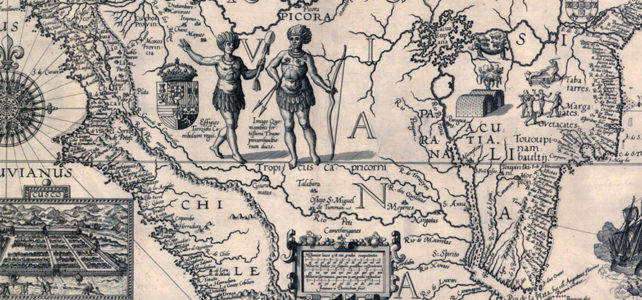


In this lesson, students will identify the causes and consequences of the European Expansion. They will consider the importance of Hernan Cortes and Francisco Pizarro in the Spanish conquest of the Americas.
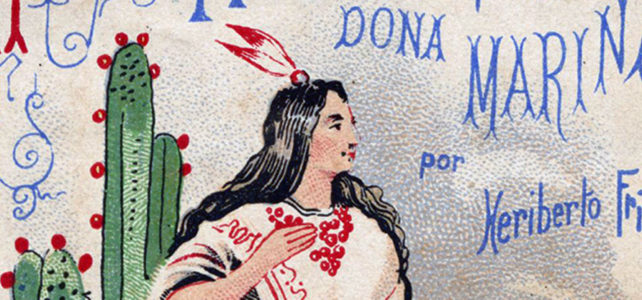
In this lesson, students will analyze images to compare the role of indigenous women in Mesoamerica before and after the Spanish colonization. They will consider how Malintzin, a Nahua woman from Coatzacoalcos, contributed to this process and how women resisted or adapted to the changes introduced by the Spaniards.
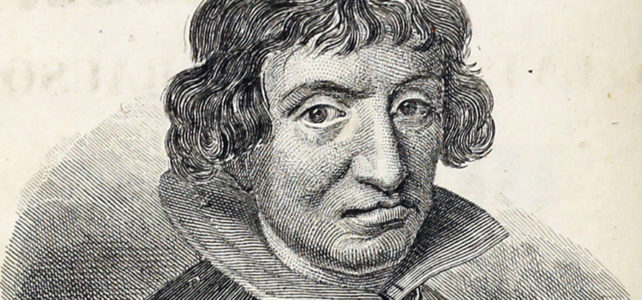
Students will learn about the Mapuche, their worldview, lifestyle, and resistance. Through primary sources, they will analyze the day-to-day life of Spanish women in the Araucarian wars, such as Catalina de Erauso, also known as Alonso Diaz. They will find more information to consider how women used the legal and societal conventions to defy gender identity in colonial Latin America.
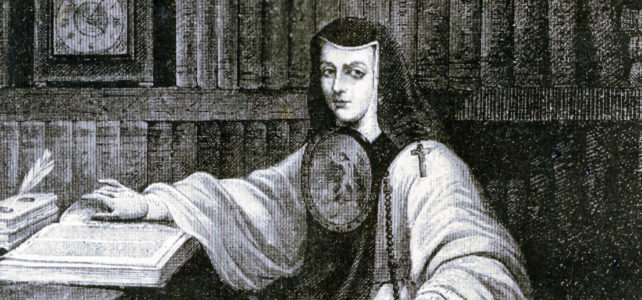
In this lesson, students will identify the main events in the life of Sor Juana Ines de la Cruz and analyze how the historical context shaped her life. Students will discuss women’s ability to make decisions in colonial Mexico through Sor Juana’s biography, her poem, You Foolish Men, and artwork inspired by her.
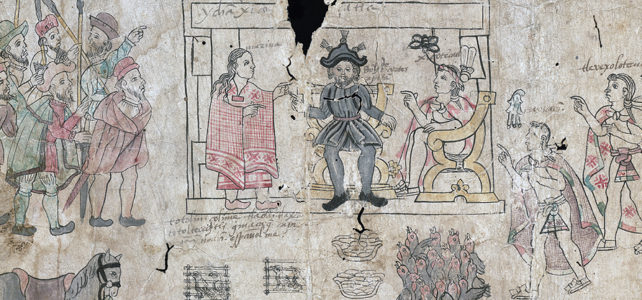
These activity cards will help students understand multiple perspectives during the Spanish invasion of the Americas.
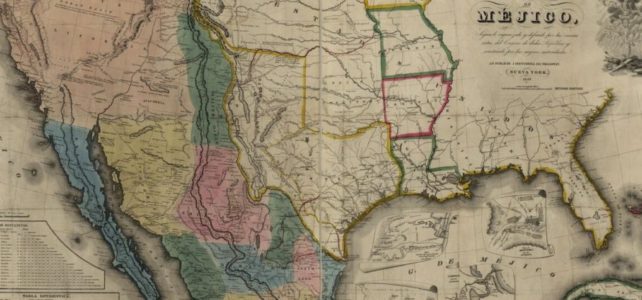
This assignment helps students think critically about the geographical and political definition of the U.S.-Mexico boundary and its effect on people living in the borderlands through the analysis of the 1848 Treaty of Guadalupe Hidalgo text and contemporary historical maps.
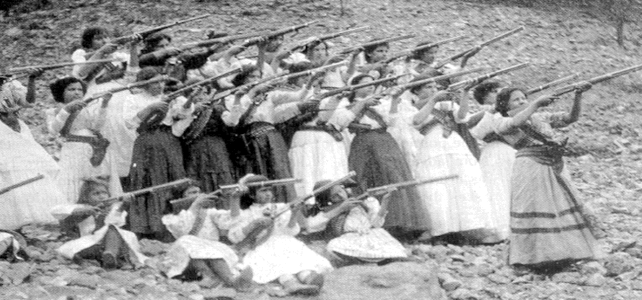
Identify the common causes for resistance in the revolution by learning about the famous faces behind the Mexican Revolution (Zapata & Villa), as well as the less discussed heroes and heroines (Petra Herrera & Vicente Guerrero).
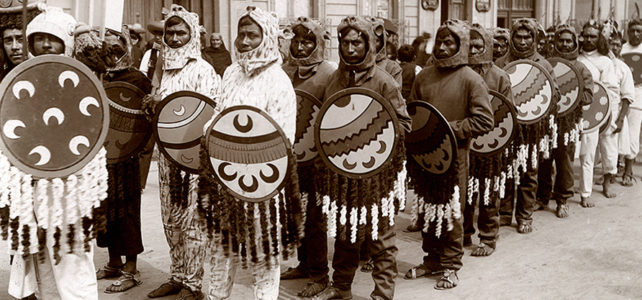
Through the comparison of photographs and analysis of textual sources, this lesson helps students think though the causes of the revolution that are tied to colonial structures.
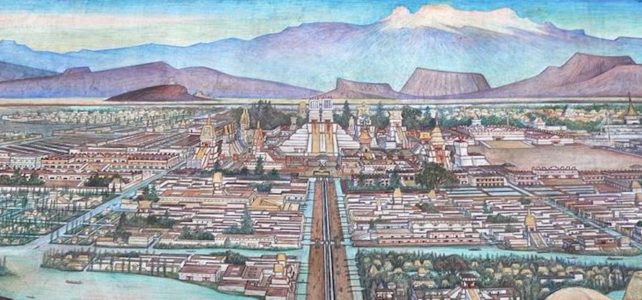
Lesson helps students build on prior learning about indigenous civilizations in Mexico to evaluate how the encomienda system connects to the later casta system, and to compare and contrast colonialism of 1490’s with U.S. imperialism in early 1900’s, using a Venn diagram.

This unit aims to critically examine the ways colonization shaped Mexico, particularly in the years leading up to the Mexican Revolution. By analyzing the colonial system of encomienda and its postcolonial manifestation of casta, students will be able to understand the complex and racialized power dynamics contributing to the increased poverty and disenfranchisement of peoples across Mexico.